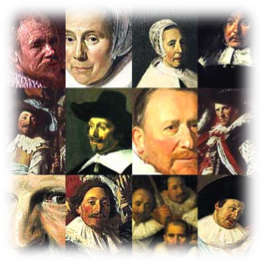 Menu
Menu
the Hague
Het Binnenhof
The Hague
“city of peace and
justice”The Hague is about half an hour drive away from Noordwijk. The Dutch government and parliament are housed here. Furthermore, almost all embassies and ministries can be found in this city and it’s also the post of many (inter)national courts of law. The Dutch Parliament (Binnenhof) is the heart of politics in The Hague, right in the centre of the city. The Knight’s Hall (Ridderzaal) is situatied in the middle, surrounded by the Senate (Eerste Kamer) and House of Representatives (Tweede Kamer). The Netherlands is ruled from here. The Hague is not only special because the Dutch Parliament is housed here, but also because of its many monuments, historical neighbourhoods and location near the coast. Near the Plein and Grote Markt, there are tons of pleasant bars and restaurants and the supply of shops is very diverse as well. The supply of art and culture is world-class. Scheveningen, one of the most famous seaside resorts on the coast of the Netherlands with more than 1,5 million visitors each year, and the dunes of Kijkduin are only 6km from the inner city of The Hague and 17km from Noordwijk. And The Hague is the royal seat of the Royal Family. Palace Noordeinde has always been the home of the ruling monarch at any time. Address: Noordeinde 68, 2514 GL The Hague.
Museums in The Hague
 The Hague
has an edifying amount of museums with beautiful exhibitions. There’s the Mauritshuis (www.mauritshuis.nl) with the world-famous painting of Vermeer:
The Girl With the Pearl Earring. At the Gemeentemuseum (www.gemeentemuseum.nl), there’s a lot by Piet Mondriaan and Panorama Mesdag (www.panorama-mesdag.nl) has the only 19th century
panorama painting of the Netherlands. A cylinder-shaped painting of 14 metres
high and with a circumference of 120 metres.
Attractions
for children in The Hague are, for instance, Madurodam and Omniversum. For more
info, see: Children and Noordwijk and surroundings.
The Hague
has an edifying amount of museums with beautiful exhibitions. There’s the Mauritshuis (www.mauritshuis.nl) with the world-famous painting of Vermeer:
The Girl With the Pearl Earring. At the Gemeentemuseum (www.gemeentemuseum.nl), there’s a lot by Piet Mondriaan and Panorama Mesdag (www.panorama-mesdag.nl) has the only 19th century
panorama painting of the Netherlands. A cylinder-shaped painting of 14 metres
high and with a circumference of 120 metres.
Attractions
for children in The Hague are, for instance, Madurodam and Omniversum. For more
info, see: Children and Noordwijk and surroundings.